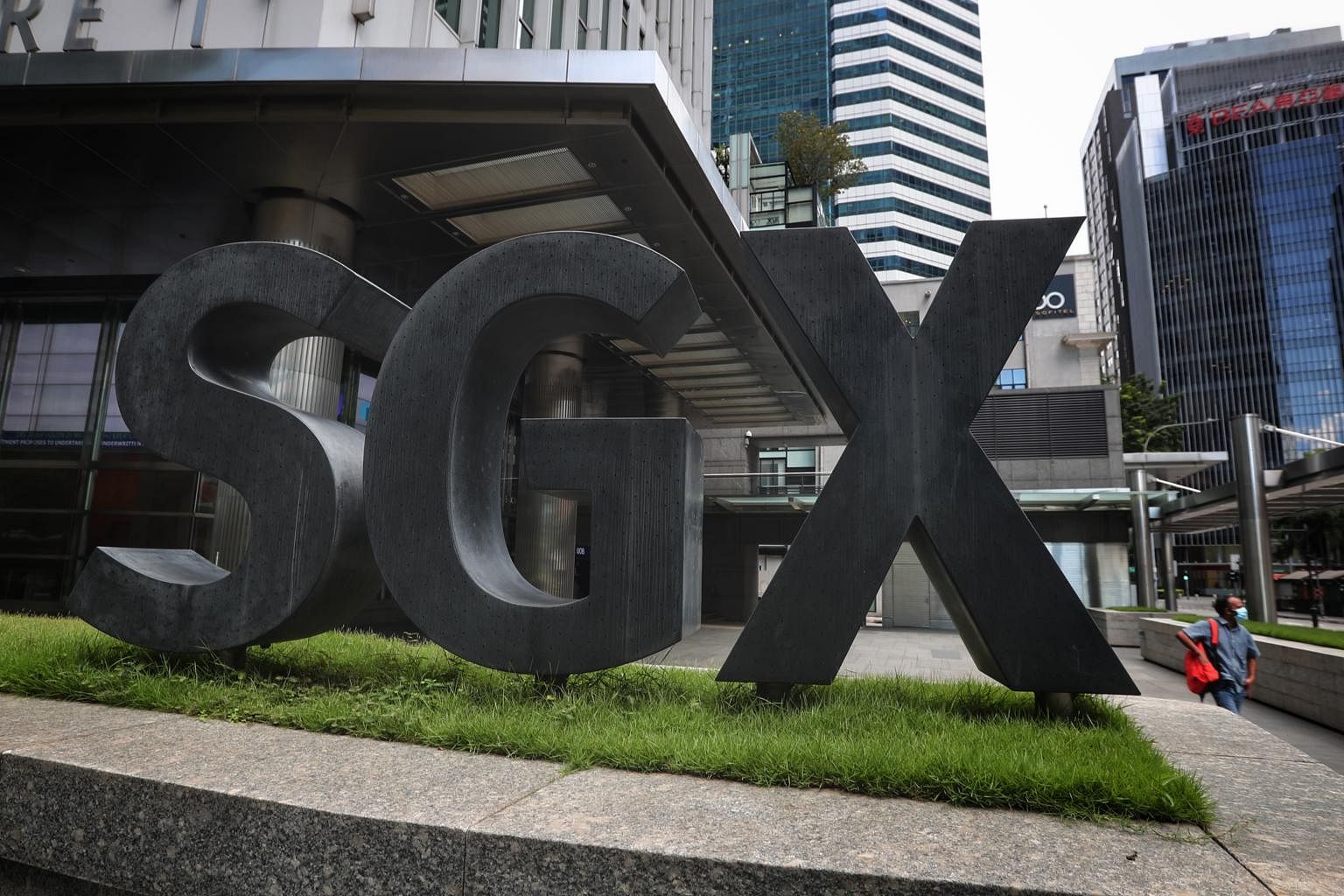Debrief: Spac listings on the Singapore Exchange
Sign up now: Get ST's newsletters delivered to your inbox

A minimum market capitalisation of $150 million is among the new rules announced by SGX for listing under the Spac framework.
ST PHOTO: KELVIN CHNG
Jolene Ang
Follow topic:
SINGAPORE - The Singapore Exchange (SGX) this month launched new rules allowing special purpose acquisition companies (Spacs) to list on its mainboard, a move that will make it the first major bourse in Asia to offer such listings.
Spacs are blank-cheque, or shell, companies formed by a group of investors - called sponsors - that raise cash through an initial public offering (IPO) and then acquire an existing company.
The process is much faster than a traditional IPO and can generate strong valuations.
Once the funds are raised, the Spac sponsor has a fixed period to "de-Spac", which is to identify a target company and complete a merger or acquisition. If a suitable deal is not found, investors can redeem their capital.
The SGX has announced rules for listings under the Spac framework, including a minimum market capitalisation of $150 million.
A de-Spac must occur within 24 months of the IPO with an extension of up to 12 months, subject to conditions.
Why it matters
Retail investors now have opportunities via the SGX to diversify their investment portfolio and invest in private companies that would otherwise have been available only in the private equity space.
Firms now also have an alternative route to raise capital - one that could allow faster access to public capital and liquidity compared with a traditional IPO.
Well-known Singapore companies already involved in Spac deals include ride-hailing and food delivery giant Grab Holdings and online real estate firm PropertyGuru.
Allowing Spacs on the exchange could also help the SGX attract more listings, although Spacs have already gained prominence in other global financial hubs.
The Monetary Authority of Singapore noted that the framework "positions SGX as a regional first-mover" in serving the financing needs of Asia's fast-growing companies.
What lies ahead
The SGX will have to ensure it does substantial due diligence on Spac sponsors when they apply for listings, and the first few Spacs approved will be crucial.
Investors, too, should do their research on Spac sponsors before sinking any money in.
In a normal IPO, investors would have control over whether to invest in a particular company.
But a Spac would not have any existing business operations or even stated targets for acquisition at the time of its IPO. Investors thus have no idea what company they ultimately will be investing in.
The sponsors are also running on a 24- to 36-month clock to de-Spac and find a target company, before they have to return investors' money. Investors should pay close attention if a target is only selected when nearing the deadline.
But the SGX has put in place a number of safeguards.
Singapore Exchange Regulation chief executive Tan Boon Gin said the requirements for Spac listings "increase sponsors' skin in the game and their alignment with shareholders' interest".
One such rule is that sponsors must subscribe to at least 2.5 to 3.5 per cent of the IPO shares, units, or warrants, depending on the market capitalisation of the Spac.
There will also be a moratorium on sponsors' shares from the IPO to de-Spac stage, as well as a six-month moratorium after de-Spac. There will be a further six-month moratorium thereafter on 50 per cent of shareholdings for applicable resulting issuers.
The SGX has said it will work with the Securities Investors Association (Singapore) to increase retail investors' understanding of Spacs through efforts such as educational programmes.
The exchange will separately partner the Singapore Institute of Directors to educate future directors of Spacs on the responsibilities and duties expected of them.

